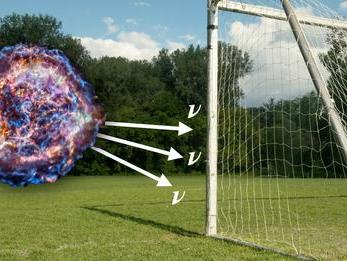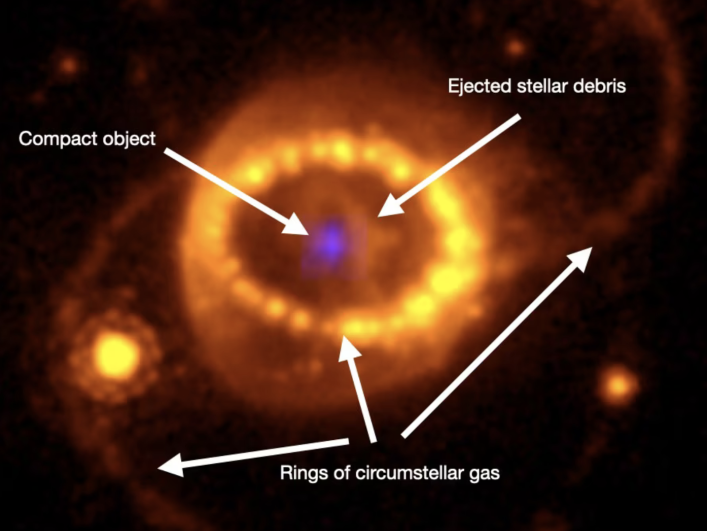Recent News

Scoring GOALS with Neutrinos from Starbursts
What do neutrinos and soccer games have in common? Check out Megan Masterson's article to see!
Read more

James Webb Space Telescope research team, with the cooperation of Vrije Universiteit Brussel, detects radiation from nebula-concealed neutron star in the iconic supernova SN 1987A
Supernovas are the spectacular end result of the collapse of stars with a mass greater than 8-10 times that of the sun. This process creates chemical elements such as carbon, oxygen, silicon and iron that make life possible.
Read more
interview with Golnaz Sherafatipour for the UNESCO international day of women in science
On the 11th of February UNESCO and UN-women celebrate The International Day of Women and Girls in science. At the occasion of this day our engineer Golnaz Sherafatipour was interviewed at CERN in her mother language, Farsi, with English subtitles.
Read more
